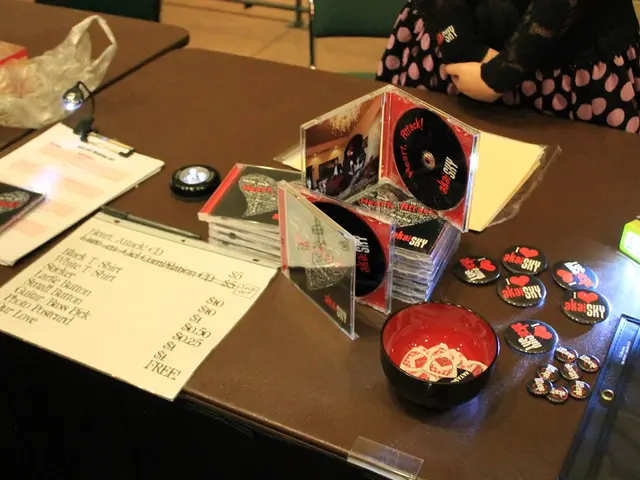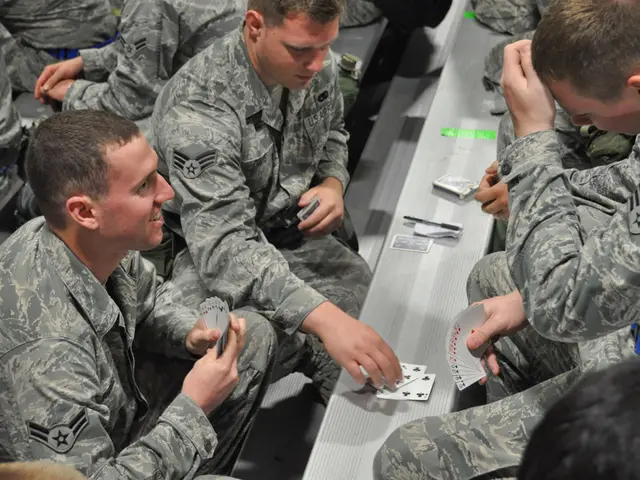Crisis in Grid Communications
In the event of a crisis or disaster, reliable communication becomes crucial. While modern technology has made global communication effortless, there are alternatives that can ensure you stay connected even when traditional infrastructure fails. This article explores mesh networks, ham radios, and satellite communication as viable options for communication emergencies.
Mesh networks, operating without cell towers or internet access, allow devices to communicate peer-to-peer. This decentralized and self-healing system means that if one node drops out, the message simply reroutes through others. Adding more devices to a mesh network doesn't bog the system down - it actually extends its reach.
Ham radios, on the other hand, offer even more power and range than General Mobile Radio Service (GMRS) radios, with a license required. To pass the exam to use a ham radio, users must understand regulations, operating practices, and some electronics. Ham radios operate independently, without relying on cell towers or the internet, making them vital methods of communication during large-scale disasters.
Weather radios, like the Midland ER50, provide critical alerts beyond weather. These devices can be powered by solar, wind, generators, or battery banks and have seven channels for continuous updates and alerts. FRS radios, operating on 22 channels and having a range of 1 to 2 miles, are simple, inexpensive, and require no license. GMRS radios, requiring a license but offering more power and range than FRS, can use repeaters to extend range and share the same 22 channels as FRS, plus eight additional repeater channels.
Satellite communication (satcom) systems don't rely on internet or cell service, so damaged or overloaded infrastructure won't shut them down. This makes them the most geographically flexible option for those without a ham radio license who need to reach help, update loved ones, or send critical information.
Forethought and planning can make a big difference in a communication emergency. The Federal Communications Commission (FCC) in the United States is responsible for issuing GMRS licenses. During a crisis, the Radio Amateur Civil Emergency Service (RACES) can be activated by government officials, while the Amateur Radio Emergency Service (ARES) is a volunteer group that provides communications before, during, and after incidents, declared or not.
In a disaster, a ham radio may be the best shot at contacting someone outside your immediate area. While citizens band (CB) radios are simple, mobile, and known for their static and crowded frequencies, they may not be the most reliable option in a crisis. Weather radios, ham radios, and satellite communication systems can help ensure you stay connected, no matter what challenges lie ahead.








